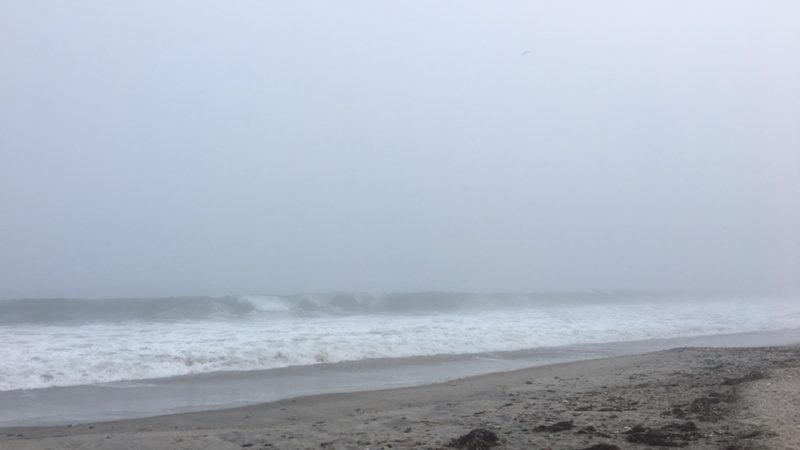Before Hurricane Florence even reached land, businesses and insurers were prepared for the destruction. Companies closed their doors so employees could evacuate before the hurricane struck. Those with business-interruption insurance policies were able to start the clock on Hurricane Florence claims prior to any damage. Meanwhile, insurers put their teams together and readied them for assessing the damage once the hurricane passed.
State Farm prepared by filing with the Federal Aviation Administration, seeking approval to fly their fleet of drones to inspect the destruction. Under Part 107, rules for flying unmanned aircrafts, it states that drones are to be kept within sight of the operator and are not allowed to fly directly over people. With the temporary approval from the FAA, State Farm was granted permission to break these limitations.
Just last September, the first confirmed drone/aircraft incident in the U.S. occurred in New York City when a drone hit an Army helicopter. The operator had flown the drone out of sight causing the collision. Authorities were able to confirm the accident after finding a piece of the drone embedded in the helicopter.
State Farm has been working with Virginia Tech and the mid-Atlantic Aviation Partnership to build a safety case to prove that drones can be flown safely even when out of sight. State Farm will be using senseFly eBee drones which are able to fly up 1.25 miles away from the operator. Their weight and material also make them the least riskiest if a crash were to occur.
Florence has caused at least 37 deaths with some places experiencing nearly 3 feet of rainfall. As of Friday, 7,800 North Carolinians remained in shelters with approximately 110,000 homes and businesses still without electricity. An initial estimate of total damage and losses caused by Florence is $38 to $50 billion.
